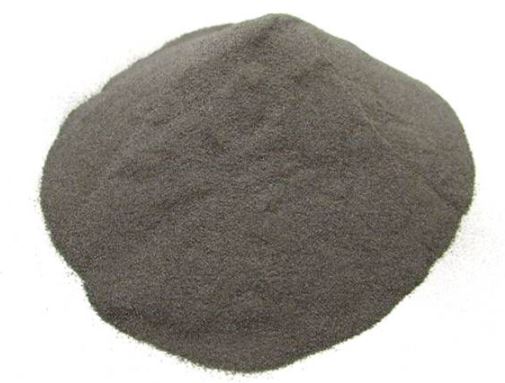
Ni2301 Pure Nickel (Ni) Metal Powder for Additive Manufacturing (3D Printing)
| Part No. | Ni2301 |
| Purity | ≥99.5 % |
| Shape | Spherical powder |
| Particle Size | 0-15,15-53,45-105,75-150 μm |
| Oxygen content | 800-1500ppm |
Product details:
Nickel (Ni) metal powder is a crucial material in additive manufacturing (AM), commonly known as 3D printing. Its unique properties make it ideal for various industrial applications, especially in sectors demanding high strength, corrosion resistance, and excellent thermal and electrical conductivity.
Key Properties of Nickel Metal Powder
High Melting Point: Nickel has a melting point of 1455°C (2651°F), making it suitable for high-temperature applications.
Corrosion Resistance: Nickel and its alloys resist corrosion and oxidation, which is essential for components exposed to harsh environments.
Strength and Durability: Nickel alloys offer excellent mechanical properties, making them perfect for producing robust and long-lasting parts.
Thermal and Electrical Conductivity: Nickel is a good conductor of heat and electricity, beneficial for electronic and thermal management applications.
Compatibility with Various Alloys: Nickel can be alloyed with other metals such as chromium, iron, and copper to enhance specific properties.
Types of Additive Manufacturing Techniques Using Nickel Powder
Selective Laser Melting (SLM): Selective Laser Melting uses a high-powered laser to melt and fuse metallic powders.
Direct Metal Laser Sintering (DMLS): DMLS involves sintering layers of metal powder using a laser, creating complex metal parts.
Electron Beam Melting (EBM): EBM utilizes an electron beam to melt metal powder layer by layer.
Binder Jetting: Binder Jetting involves the application of a liquid binder onto a powder bed to create solid parts.
Advantages of Using Nickel Powder in AM
Complex Geometries: Additive manufacturing enables the creation of complex and intricate designs that are difficult or impossible with traditional manufacturing methods.
Material Efficiency: Additive manufacturing reduces material waste by using only the necessary amount of powder.
Rapid Prototyping: Additive manufacturing accelerates the development process by allowing for quick production of prototypes and iterations.
Customization: Additive manufacturing facilitates the production of customized and bespoke parts tailored to specific requirements.
Chemical Composition:
Chemical Composition (wt%) of Pure Nickel Powder(w.t.%)
| C | O | S | Fe | Cu | Co | Ni |
| 0.07 | 0.064 | 0.0005 | <0.001 | 0.0002 | 0.0002 | Bal. |
Particle Sizes:
0~25μm, 0~45μm, 15-45μm, 45~105μm, 75-180μm. (A variety of particle size metal powder can be customized upon request)
Applications in Additive Manufacturing
Aerospace: Nickel-based superalloys are extensively used in aerospace for producing turbine blades, engine components, and other critical parts requiring high strength and temperature resistance.
Automotive: Nickel alloys are used for making engine components, exhaust systems, and other high-performance automotive parts.
Medical: Nickel-titanium (Nitinol) is used in medical devices, including stents and implants, due to its biocompatibility and shape memory properties.
Energy: Nickel alloys are used in the energy sector for components in gas turbines, nuclear reactors, and other energy systems.
Tooling and Molds: Nickel powders are used to create durable and precise tooling and molds for various manufacturing processes. turbines, petrochemical industry, nuclear reactors, laser cladding and other fields.
Nickel (Ni) metal powder plays a significant role in additive manufacturing, offering superior properties like high strength, corrosion resistance, and excellent thermal and electrical conductivity. Its applications span across aerospace, automotive, medical, energy, and tooling industries, making it a versatile and essential material for modern manufacturing processes. While there are challenges such as cost and handling, the benefits of using nickel powder in additive manufacturing far outweigh these considerations, paving the way for advanced and efficient production techniques.